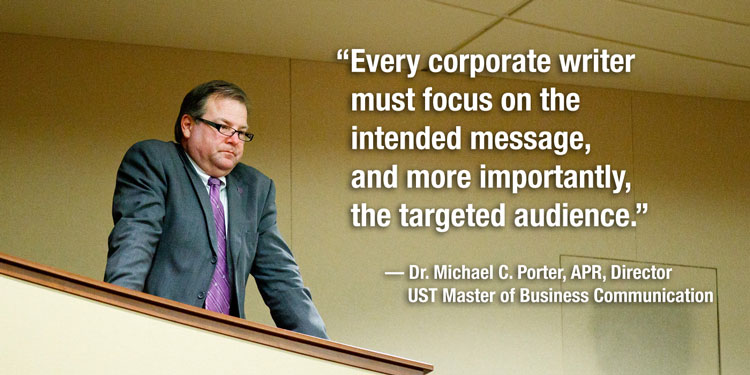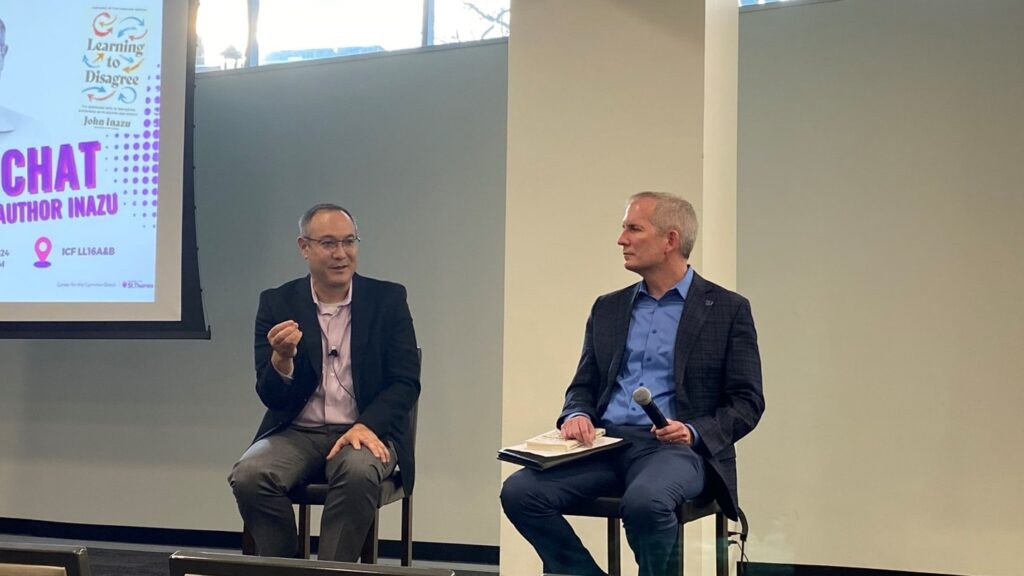Most people write from a single perspective… their own. The professional communicator attempts to write from many different perspectives, taking on the “voice” of others: the CEO, the marketing leadership, or “the organization”.
Consider the complexity of shedding one’s natural perspective and attempting to wriggle that perspective into the mindset of another person, consistently.
How much more difficult must it be to immerse the writing mind into the persona of a shapeless organization – which in actuality has a perspective shaped by the current leadership, but also by its past. The truly excellent business writer lends an ability to decipher the culture of the company – old and new – allowing the outward “face” of the organization to take substantive form.
Balancing all these elements and weaving together an appropriately representative narrative merely represent a starting point for the writer. On top of this confluence of thought, every corporate writer must focus on the intended message, and more importantly, the targeted audience.
In this last bit, even the most gifted communicators face the ultimate dilemma of developing messages in the 21st century: infinite diversity of audiences and respective perspectives. The professional scribe for the majority of organizations likely has at least one college degree, and in spite of the associated college debt, relative affluence compared to at least some of the people who might read any message.
So what? This means that more than half of all people who may come in contact with the carefully crafted narrative will potentially have drastically different interpretations of the message based solely on socio-economic factors. This says nothing of religious, ethnic or other influences that may cross the lines of money, education and other forms of social power.
It is almost impossible for a writer to completely account for the many nuances of audience interpretation. This means that many readers will misinterpret any given message based on their unique perspectives. While some may believe this to be justifiable if those readers are not part of the target audience, one should consider that others who read the material have the potential to react to the message if read. This reaction may be positive, negative or neutral. There is the potential that a few of these unintended audience members may have strong opinions about your message, and in the age of social media, this means in minutes your message can be under scrutiny nationwide.
What began as a writer’s challenge has then evolved into a communication management issue. Communication leaders must decide, quickly, whether a misinterpretation warrants response, reformation, retraction or disregard.
Certainly not every message will devolve into a social media squabble, but two things can help: writers must consider (to the best of realistic possibility) the potential interpretations of a message by peripheral audiences that will be exposed to a message; and communication managers should consider various scenarios that might arise and have plans for multiple responses.
Dr. Michael C. Porter, APR is director of the Master of Business Communication Program







